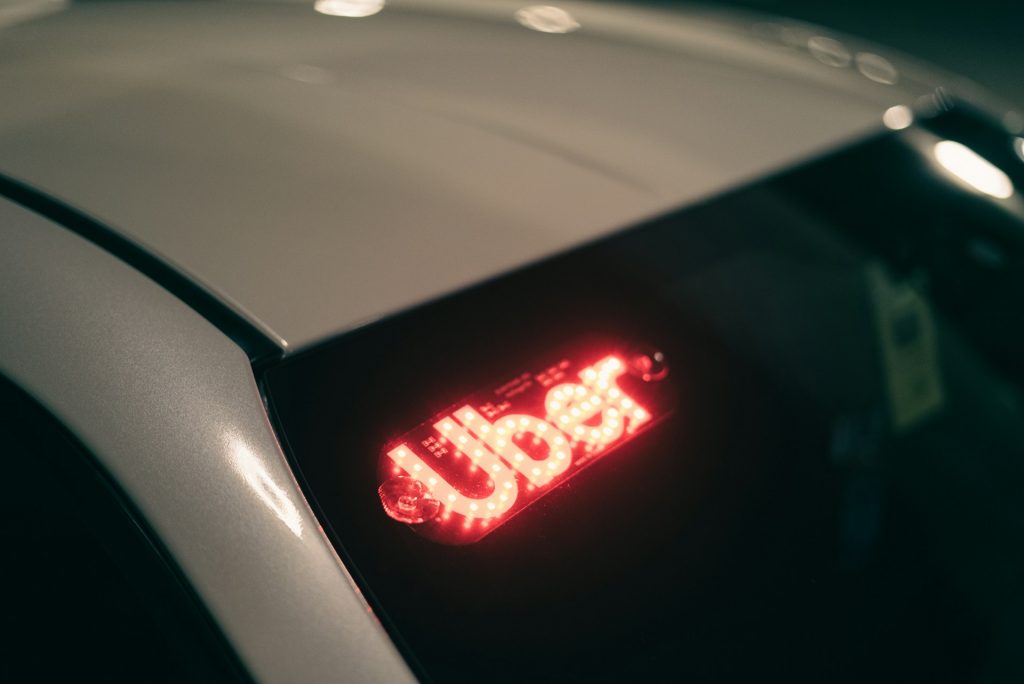In a strategic move to expand its footprint in the highly competitive South Korean ride-hailing market, Uber announced the launch of its new subscription service, “Uber One,” and a specialized “Teen Account” feature. The announcement comes just one day after its primary competitor, Kakao Mobility, unveiled its own monthly subscription plan, sparking discussion about the timing of the release.
A New Subscription Showdown
At a press conference held at the Lotte Hotel in Seoul on August 26, Jinwoo Song, General Manager of Uber Taxi, clarified that the launch of Uber One was not a direct reaction to Kakao’s move. “While we were surprised when Kakao Mobility launched its subscription service, our preparations for Uber One were not timed to coincide with theirs,” Song stated. “We developed this subscription service for our domestic customers now that we have achieved stable dispatch performance and a reliable driver supply.”
Coincidentally, on August 25, market leader Kakao Mobility officially launched its “Kakao T Members” monthly subscription. Addressing the timing, Song commented, “It seems Kakao launched at an opportune moment. We are hopeful that whether it’s through Kakao or Uber, the introduction of these membership services will quickly broaden the user base for such offerings.”
Uber One’s Value Proposition
Uber One is available for a monthly fee of approximately $3.50, or an annual fee of about $35. The service offers members up to 10% back in credits on affiliated Uber Taxi, Uber Black, and UberXL rides, and 5% on standard and deluxe taxi services. To attract new users, Uber is also offering a one-month free trial.
Song emphasized the competitive advantages of Uber One’s benefits. “From what I understand, Kakao Mobility’s service offers a 3% credit on specific products and waives the ‘Blue’ service fee. By my calculation, a user would need to spend around $72 to see a real benefit,” he explained. “With Uber, a user only needs to spend about $36 per month on standard taxis to offset the subscription fee, making our higher credit-back rate more advantageous.” Members of Uber One will also be prioritized for dispatch with top-rated drivers.
Targeting Families with Teen-Focused Safety Features
In a bid to capture a larger share of the domestic market, Uber is also introducing “Uber Teen Accounts” on August 29. This feature allows parents to link their accounts with their children’s, enabling them to request rides for their teens. The service includes critical safety features such as real-time location sharing and route deviation alerts.
“As a father of two, I spend a significant amount of time driving my children around,” said Song. “This is a service optimized for the domestic market, where there are many dual-income households who spend a lot of time chauffeuring their kids to school and academies. With Teen Accounts, parents can now have peace of mind when their children take a taxi.”
Strengthening Driver Relations and Domestic Growth
Uber also highlighted its commitment to improving conditions for its drivers. The company noted that it applies a low commission rate of 2.5% and that driver profitability has increased due to a rise in long-distance calls from airports and ferry terminals. Furthermore, Uber plans to introduce an advertising wrap option on vehicles, providing drivers with an additional revenue stream.
Since rebranding from UT to Uber in March of last year, the company has focused on increasing brand recognition by aligning its name and services with its global offerings, a move that has been particularly well-received by foreign tourists visiting Korea.
“We are not a platform that relies solely on foreigners,” Song stressed. “To achieve growth in the domestic market, we need to connect more closely with Korean customers who frequently use taxis. While I cannot disclose specific market share or user numbers, we are achieving record performance every week and every month. Our future task is to become more familiar to the people of Korea.”
